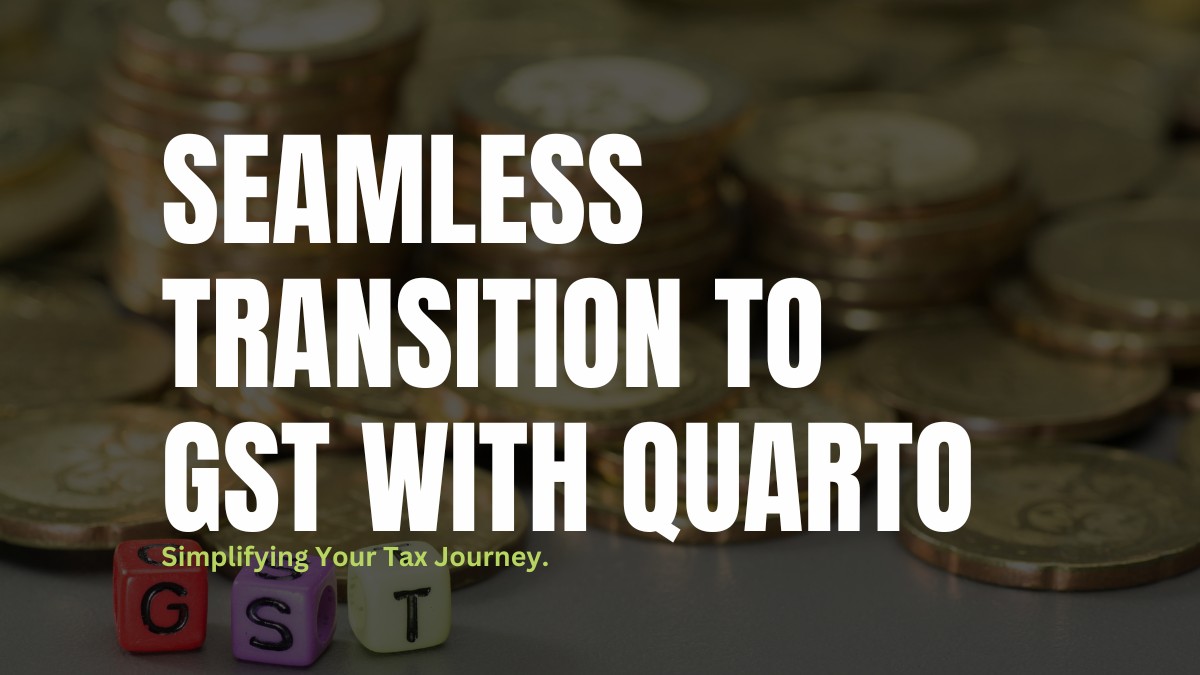It is a simple method for existing Quarto ERP software users to implement GST. Quarto ERP is capable of managing both the VAT and GST based system simultaneously. Existing users can test the GST modules without affecting their current operations. They should install the Quarto upgrade software and input the new GST rates. On the GST launch day, the software will start working with GST!
For new users, transfer the data from the existing software and ensure that the system is working as expected. Prepare the inventory list and load it into the software with a single click!
If you need any help, want to know more, or have any questions, get in touch with us.
The implementation of Goods and Services Tax (GST) in July 2017 has delivered numerous key benefits to Indian businesses. Here are five of the most notable advantages:
1. Simplified Tax Structure
GST replaced a complex and fragmented tax system with a unified tax structure. It subsumed various indirect taxes like VAT, excise duty, service tax, and more into a single tax, simplifying the tax regime and reducing compliance burdens for businesses.
2. Elimination of Cascading Taxation
GST eliminated the cascading effect of taxes by allowing businesses to claim input tax credit on their purchases. This ensures that taxes are only levied on the value addition at each stage of the supply chain, leading to a more efficient tax system.
3. Boost to GDP Growth
GST has contributed to economic growth by reducing the overall tax burden on businesses and encouraging formalization of the economy. It has also facilitated the ease of doing business by streamlining tax compliance procedures.
4. Uniformity and Transparency
GST brought uniformity in tax rates and regulations across the country. It has made it easier for businesses to expand their operations across state borders and reduced tax-related disputes. Additionally, the GST Network (GSTN) portal ensures transparency in tax administration.
5. Wider Tax Base
GST widened the tax base by bringing more businesses under the tax net, especially in the unorganized sector. This has increased tax revenues for the government, allowing for greater investment in infrastructure and public services.
While GST has brought about these benefits, it has also faced challenges and criticisms, such as initial implementation issues, frequent changes in tax rates, and compliance complexities. However, over time, the system has been refined to address many of these concerns, and it continues to evolve to better serve the Indian economy.





